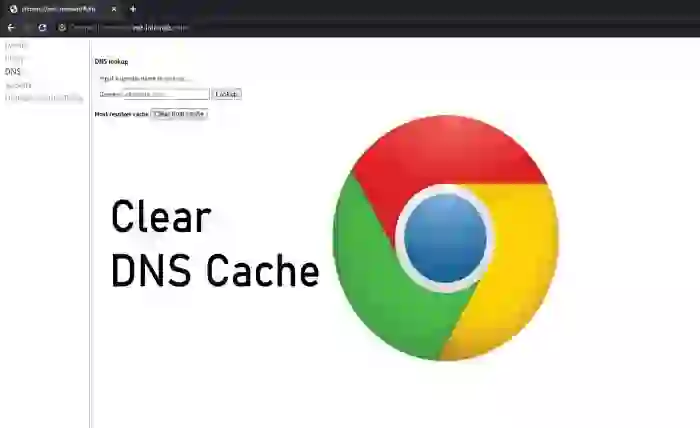DNS (Domain Name System) is a system that translates domain names (such as www.google.com) into IP addresses (such as 142.250.72.238) that computers can understand and communicate with. DNS cache is a temporary storage of these domain name and IP address mappings that Chrome uses to speed up the resolution of web addresses. However, sometimes the DNS cache may become outdated, corrupted, or poisoned, causing various network issues such as slow loading, broken links, or error messages when you try to access a website. In such cases, you may need to clear the DNS cache in Chrome to fix these problems.
In this blog post, we will show you how to clear the DNS cache in Chrome using a simple command: chrome://net-internals/#dns. This command will take you to the DNS view of the Net-Internals tool, which is a NetLog event stream visualization tool that shows you the network-related events and the state of Chrome. By using this tool, you can view and clear the DNS cache in Chrome, as well as check if a domain name is resolved correctly by Chrome, and identify any network errors related to the DNS resolution process.
Read more about How to Use chrome://net-internals/#dns to Troubleshoot Network Issues on Chrome
Steps to Clear the DNS Cache in Chrome Using chrome://net-internals/#dns
To clear the DNS cache in Chrome using chrome://net-internals/#dns, follow these steps:
- Open Chrome and type in chrome://net-internals/#dns in the address bar and press Enter. You will see a page like this:
- On this page, you will see a table with four columns: Hostname, Address List, TTL (seconds), and Net Error. The Hostname column shows the domain names that are stored in the DNS cache. The Address List column shows the corresponding IP addresses for each domain name. The TTL column shows how long each entry will remain in the DNS cache before it expires. The Net Error column shows any network error code that occurred during the DNS resolution process.
- To clear the DNS cache in Chrome, click on the Clear host cache button at the top right corner of the page. This will remove all entries from the DNS cache and force Chrome to perform fresh DNS queries for any domain name that you try to access. This can help resolve some network issues caused by outdated or corrupted DNS cache entries.
- To check if a domain name is resolved correctly by Chrome, you can look for it in the Hostname column and see if its Address List matches with the expected IP address. For example, if you want to check if google.com is resolved correctly by Chrome, you can look for google.com in the Hostname column and see if its Address List contains 142.250.72.238 (or any other IP address that belongs to Google). If it does not match, it means that there is something wrong with the DNS resolution process or the DNS cache.
- To identify any network errors related to the DNS resolution process, you can look for any negative values in the Net Error column. These values indicate some kind of ERR_ code that occurred during the DNS resolution process. For example, if you see -105 in the Net Error column for a domain name, it means that Chrome encountered ERR_NAME_NOT_RESOLVED for that domain name, which means that it could not find any IP address for that domain name.
Read more also about How to Use chrome://net-internals/#dns Mobile to Troubleshoot Network Issues on Chrome for Android
Conclusion
Clearing the DNS cache in Chrome using chrome://net-internals/#dns is a simple and effective way to troubleshoot and fix network issues related to the DNS cache. By using this command, you can view and clear the DNS cache in Chrome, check if a domain name is resolved correctly by Chrome, and identify any network errors related to the DNS resolution process. If you encounter any network issues in Chrome that are not solved by using this command, you may need to check other factors such as your internet connection, your firewall settings, your proxy settings, or your router settings.

